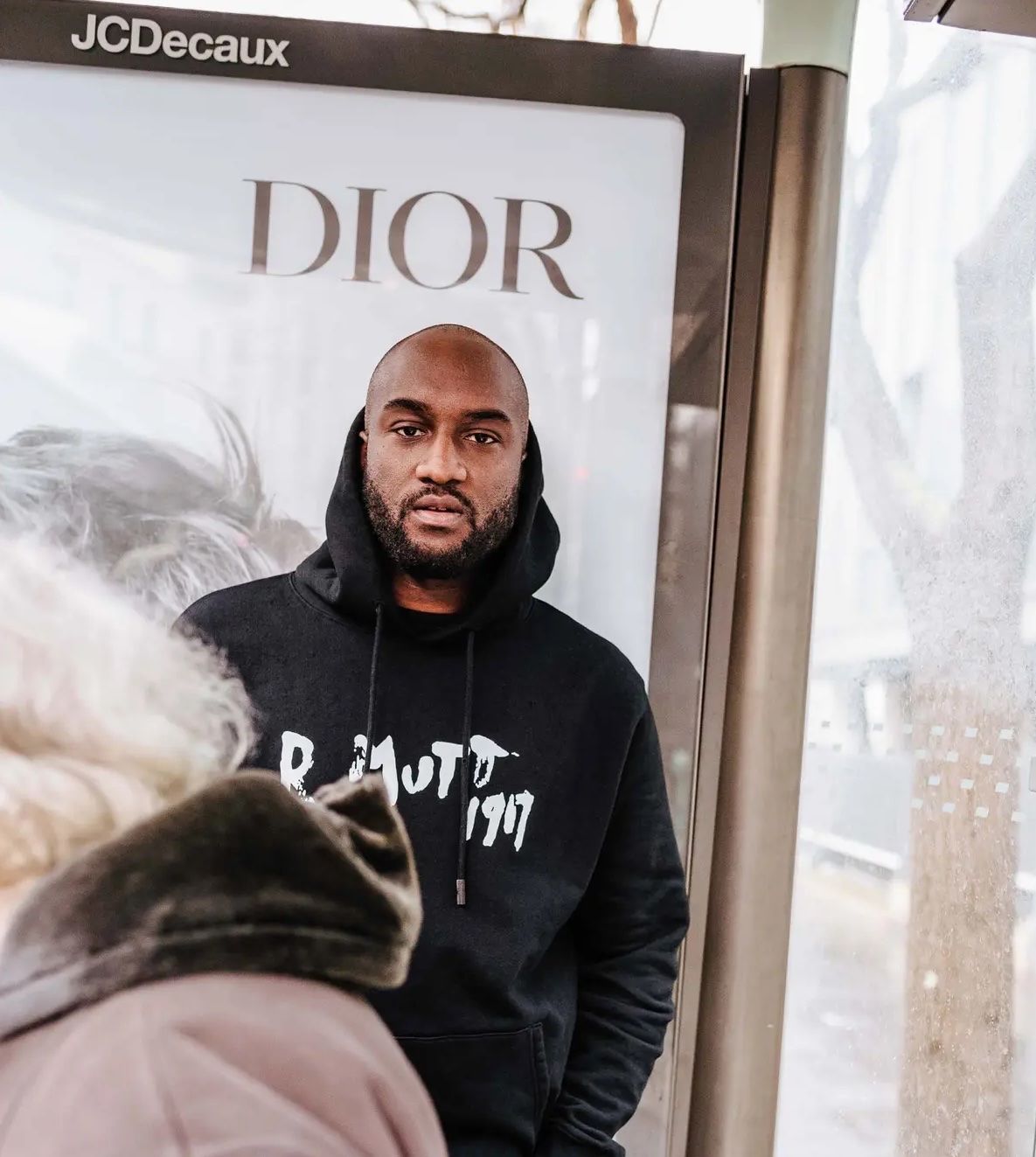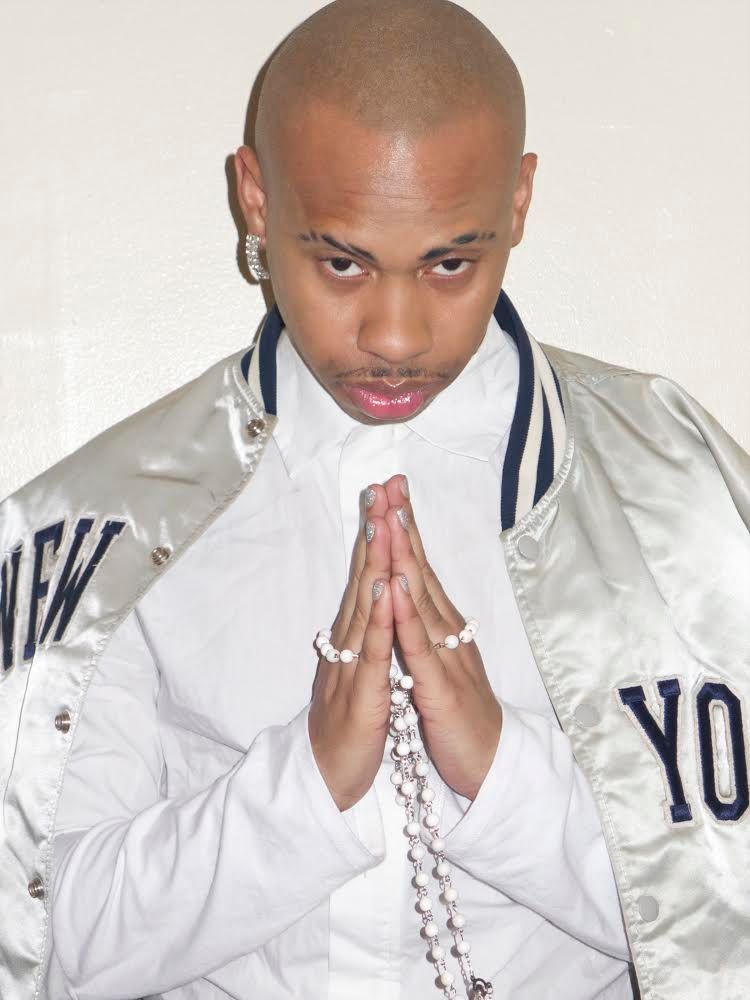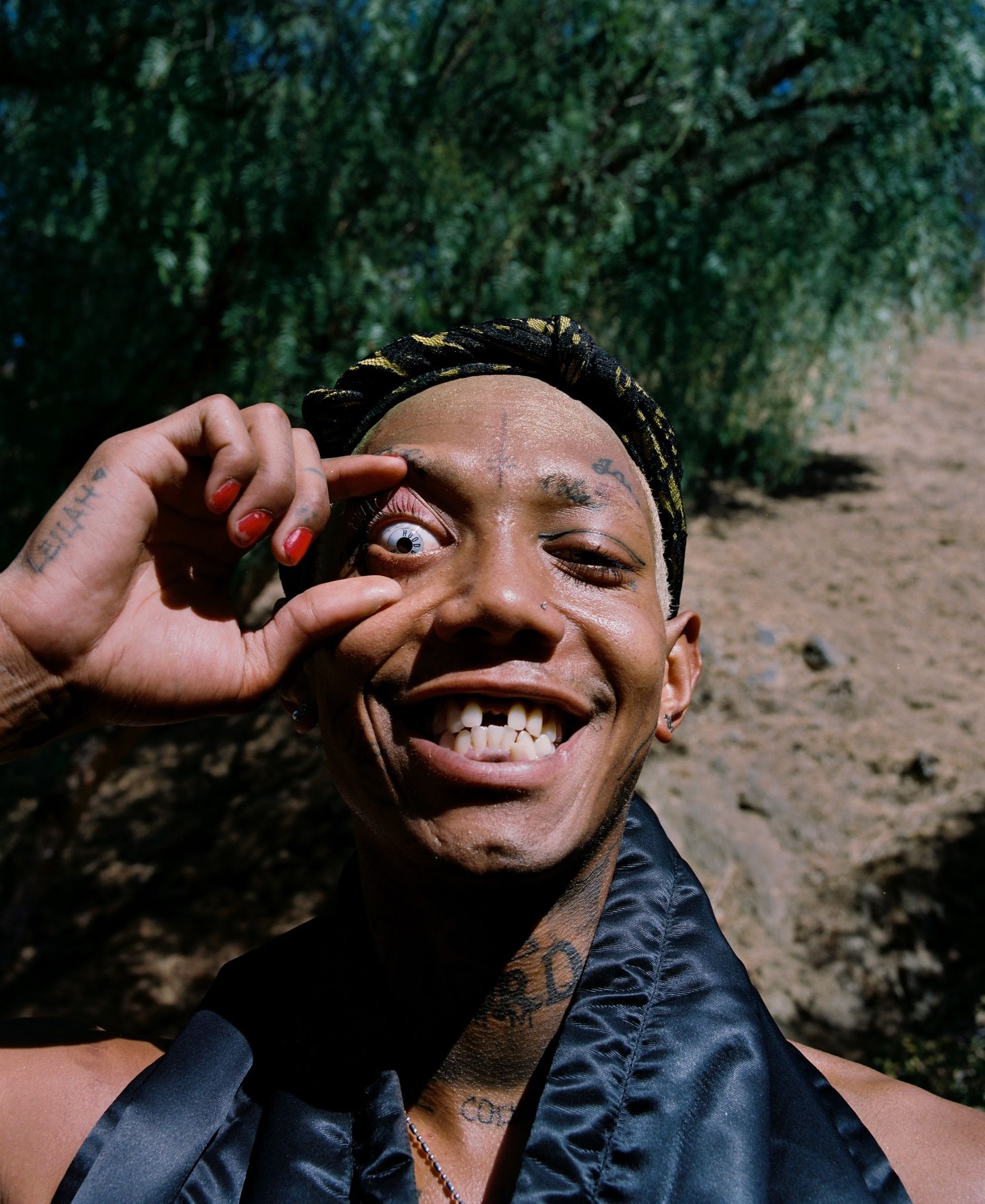Public Transportation: HOOD BY AIR in Conversation with BARNEYS NEW YORK
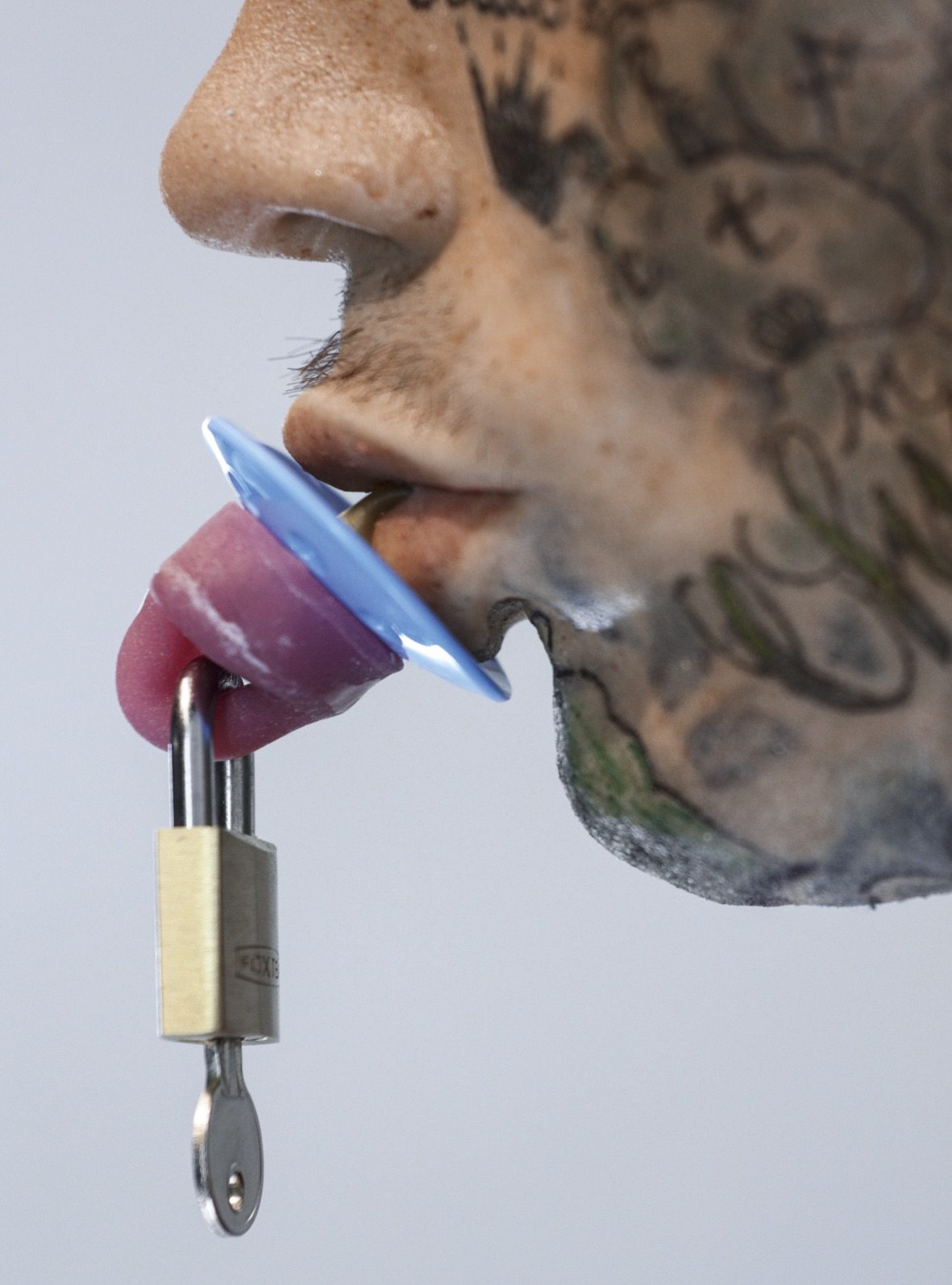
The unveiling of the Hood By Air window installation at Barneys New York was a sexually tense trip through space and time. A flock of Upper East Side ladies on their way to buying Oscar de la Renta stopped to heckle the display. “This is ugly,” one of them egged at Barneys Creative Director Dennis Freedman, much to the delight of Hood By Air designer Shayne Oliver.
The fashion label’s die-hard fans were also miffed, but for different reasons. A voyage past 14th Street and through Midtown traffic is a brutal trek, even for Snapchat gold. Yet New York City’s evolutionary metabolism is fueled by these conditions of rage-euphoria. Disgruntled rush-hour passengers are smashed together on the subway until their mutual acceptance becomes something resembling an embrace.
Hood By Air is a label that has public transportation encoded in its name: From East LA to the Philharmonie de Paris, from Trinidad to Brooklyn, and finally to Madison Avenue – where it’s still unclear on which side of the journey you’re more likely to get jumped. For Shayne Oliver, the windows are an extension of a look that toys with the line between confrontation and vulnerability. For Dennis Freedman, they represent a commitment to a different kind of public transportation – falling in line perfectly with his whimsical blitzkrieg at Barneys – a path that winds from Lady Gaga to ice sculptures to campaigns about the experience of being trans in America.
Cast in excruciating similitude to the models who walked the HBA “Galvanize” runway show in Paris, the Hood By Air “dolls” – made in collaboration with artist Yuji Yoshimoto – operate closer to the uncanny valley of the sextoy than the shop mannequin. With mouths stretched like bedazzled gloryholes, their silicone frames are adorned with the first menswear collection ever to be featured in all four windows of the Barneys Madison Avenue flagship.
On the occasion of this event, Freedman and Oliver were joined by creative director Babak Radboy to discuss public safety, sexual anthropology, and dermatology over martini glasses filled with ceviche at the downtown location of the Barneys restaurant Freds.
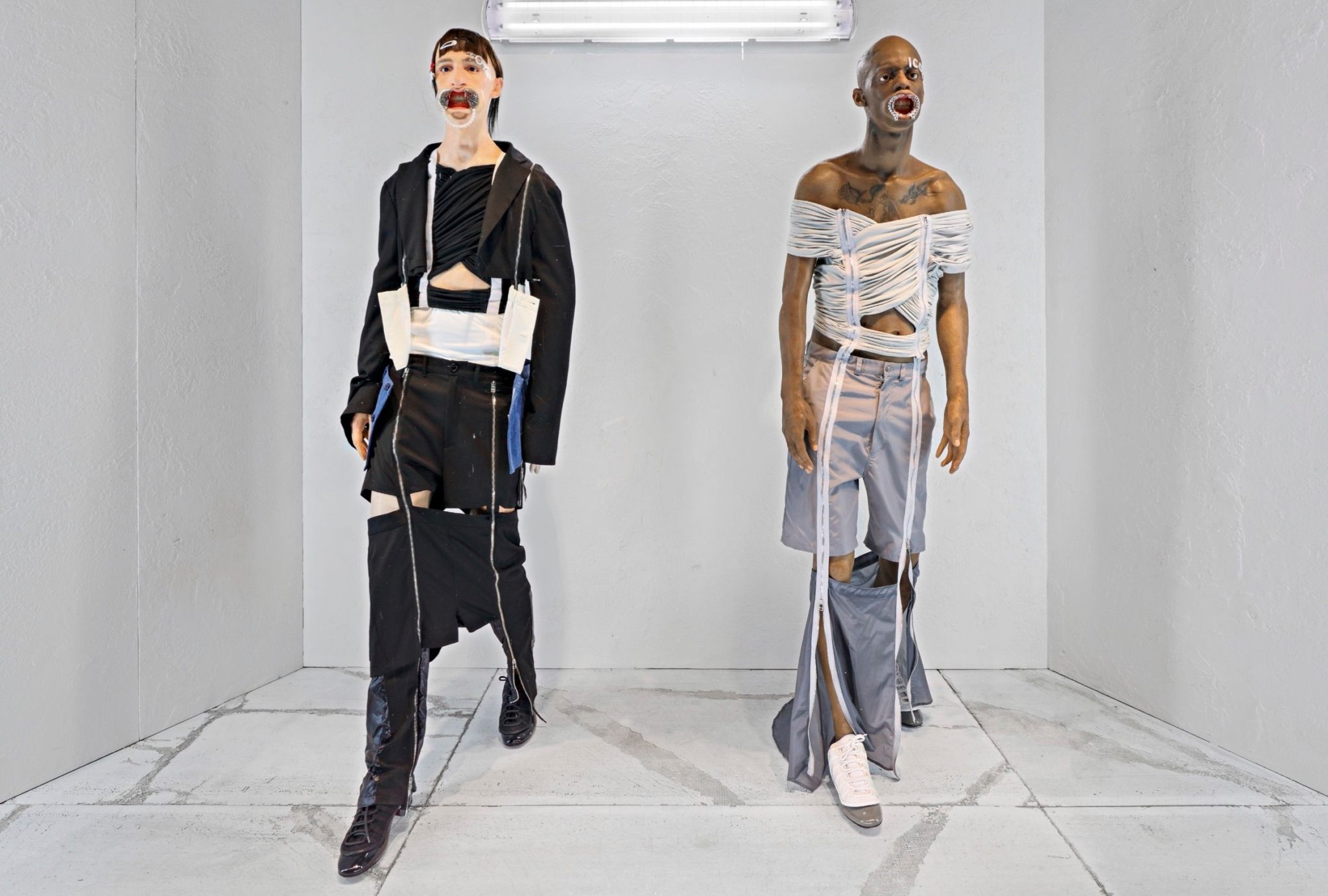
Shayne Oliver: I want to go to Atlanta so bad.
Dennis Freedman: Atlanta?
Babak Radboy: The dream. That’s where the first Hood By Air store has to happen.
Oliver: I know, it’s true.
Radboy: Atlanta, Las Vegas, then New York.
Oliver: Right, so they can catch up.
Freedman: When was the first HBA show?
Oliver: The first show was at A.S.S. Gallery on Canal Street, in what used to be Terence Koh’s old living space. They weirdly had poles on the walls, so I had my friends walking back and forth and dancing in these looks like strippers-slash-ballerinas. I put the sound outside on the street, so everybody was looking at it from outside through the glass. It became a pop-up shop for the days after, so we were immediately selling whatever we had done. It wasn’t a collection-collection, but more of a performance.
Radboy: Because it was a look before it was a label. I remember we had this conversation when I launched the Shanzhai Biennial, a fashion line that didn’t make any clothes. HBA similarly started as videos, pictures, the word – spreading an image and an idea around, before it became more and more materialized.
Freedman: That’s a good way to start.
Oliver: It’s a realistic 21st century approach. When people are like, “Oh, I can’t believe it’s self-funded,” I’m like, “Well, it was smoke and mirrors imagery.” The pieces existed, but the line didn’t.
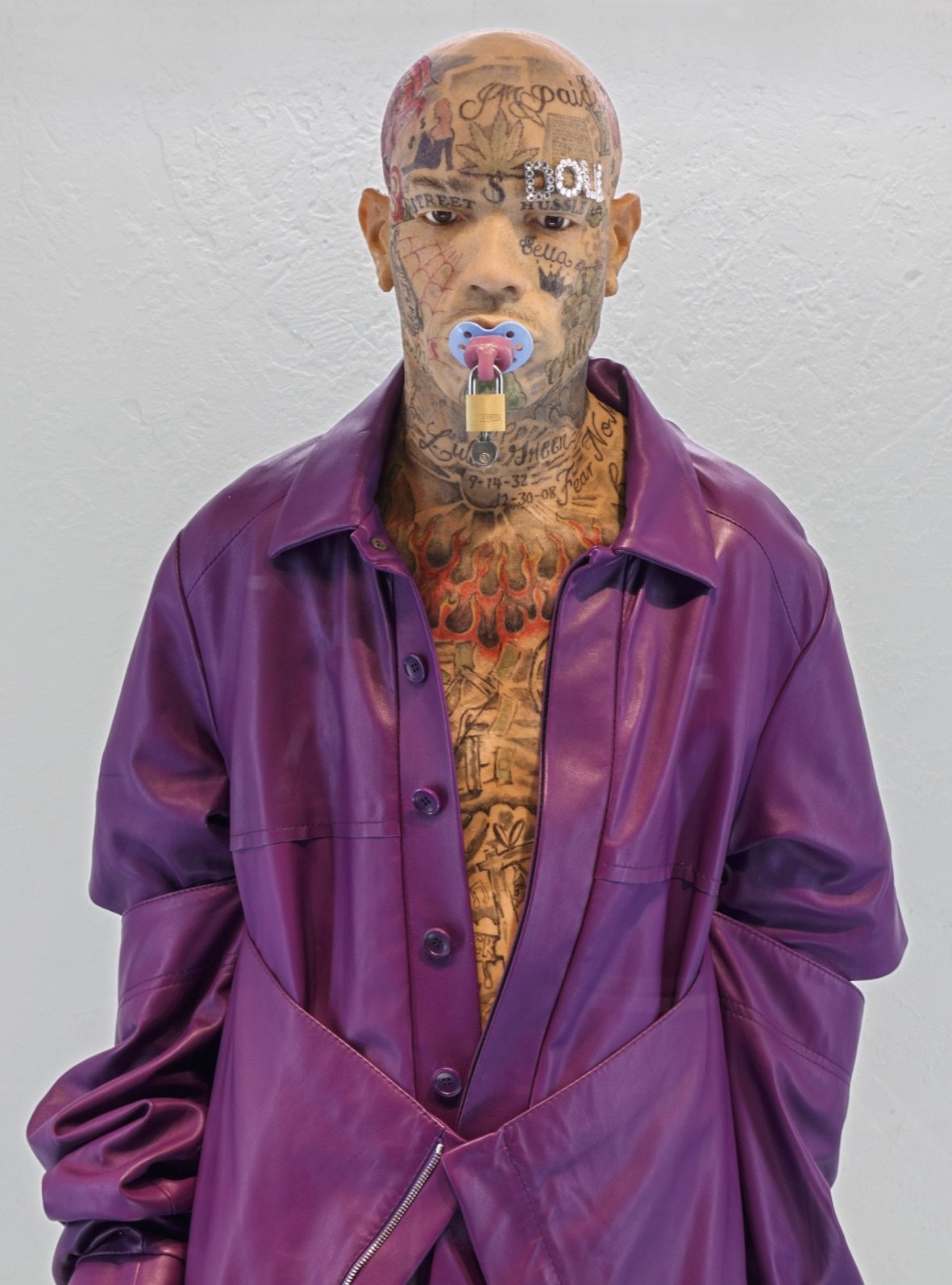
Radboy: But you were able to catch that timing, too. For me, the phenomenon of Hood By Air is that the look of it was a real person. One who was everywhere and also completely unrepresented. By the time the line actually existed, the customer – the producer of every hit on the radio, the choreographer of every music video, the promoters, the people in the nightlife, the people who were actually behind the mainstream culture – had been waiting for it. They were never visible, but that person has existed for a long time. Since Little Richard.
Freedman: In a very different way, it reminds me of Helmut Lang. It isn’t that he started in that way, but he was so brilliant at creating a strong brand identity without referencing clothing. He accessed the worlds of art and photography to express his own aesthetic. Just think of those iconic photographs of Louise Bourgeois by Bruce Weber, the self-portraits by Robert Mapplethorpe, and the Jenny Holzer store installations using illuminated electronic displays dealing with gender identity, power, and oppression. This was light-years before the rest of the fashion world began co-opting the work of artists to help define their brand.
Oliver: It’s about being obsessed with the persona that is wearing the thing, more than you are obsessed with the clothes, which is a lot of what is happening with HBA in the field of how people buy it. That’s what I actually liked about Helmut. He’s not even designing. He’s the inspiration as a thing itself almost.
Freedman: Everything that Helmut did was of a piece. The typography, advertising imagery, casting, hair, makeup, store design all came from the very same place: the all encompassing world of Helmut Lang. Personal and unique.
Radboy: The formal element was strong, even if it’s just a tank top. When you look at it, it’s kind of insane.
Oliver: Right.
Radboy: There will be a completely different finishing on one side than on the other. And it’s a ready-to-wear thing – maybe it wasn’t even on the runway. The formal aspect is real.
Freedman: Yeah!
Radboy: That’s kind of the obsession with banality.
Oliver: What I do is the same. I guess there are similarities in how I see myself, but I do the opposite in the sense that I push the weirder details.
“The way that we present ourselves to the out-side world is about who we are as individuals and as a culture.” – DENNIS FREEDMAN
Freedman: That is what inspired the window installations that are now on Madison Avenue. I was fascinated by every detail of your show. From the fetish mouth-pieces made by Dolly Cohen, to the crystal facial applications, to the multicolored hair pieces – in essence, the totality of your vision. I am fascinated by the whole idea of body adornment. The way that we present ourselves to the out-side world is about who we are as individuals and as a culture.
Oliver: That definitely comes from something Babak brought up. I know people who will actually wear that. People think this stuff is insane, but I know people who actually look like this. And if I didn’t have a day job, I’d actually just wear that anyway. People can easily call it theatrical – like Galliano, or something – but it’s not like that. Because Galliano approached it with a theater background. That was his education. My education is –
Radboy: Public transportation.
Oliver: Right. Being able to get away with those looks when you live really far in Brooklyn. It’s a safety issue. It’s a morality issue. It’s way more political than a theatrical idea of someone. Because you have to deal with people head-on every day. If you approach people with this look, you have to deal with the backlash – the adoring of it and the absolute hate of it. You have to be able to protect yourself and also be very vulnerable.
Freedman: That’s why I reacted so strongly when I first saw this collection. I knew that what I was seeing on that sunlit afternoon in Paris was inspired by a very specific subculture, which had its origins in the city in which I lived. It was a subculture I knew existed, but was not familiar with. It is rare to go to a fashion show that actually challenges your way of seeing the world. For me, this happened at McQueen and continues at Rei Kawakubo’s shows. What was so extraordinary to me – and what also led to us doing this project – was that Hood By Air is purely an American brand. It is about an emerging America that most people, including myself, were not aware of. I was fascinated and intrigued.
Oliver: That’s why I think Europe is fascinating to me, because it gives people a chance to cool it and not take things for granted. People look at, like, Rick Owens. I even compare Telfar and Rick. They’re very similar to me, not in where their background is coming from, but in that it is so American and coming from this idea that has to be removed from the culture that it’s coming from in order to be appreciated. Americans are so used to seeing it constantly that they don’t understand that it’s actually a weird thing.
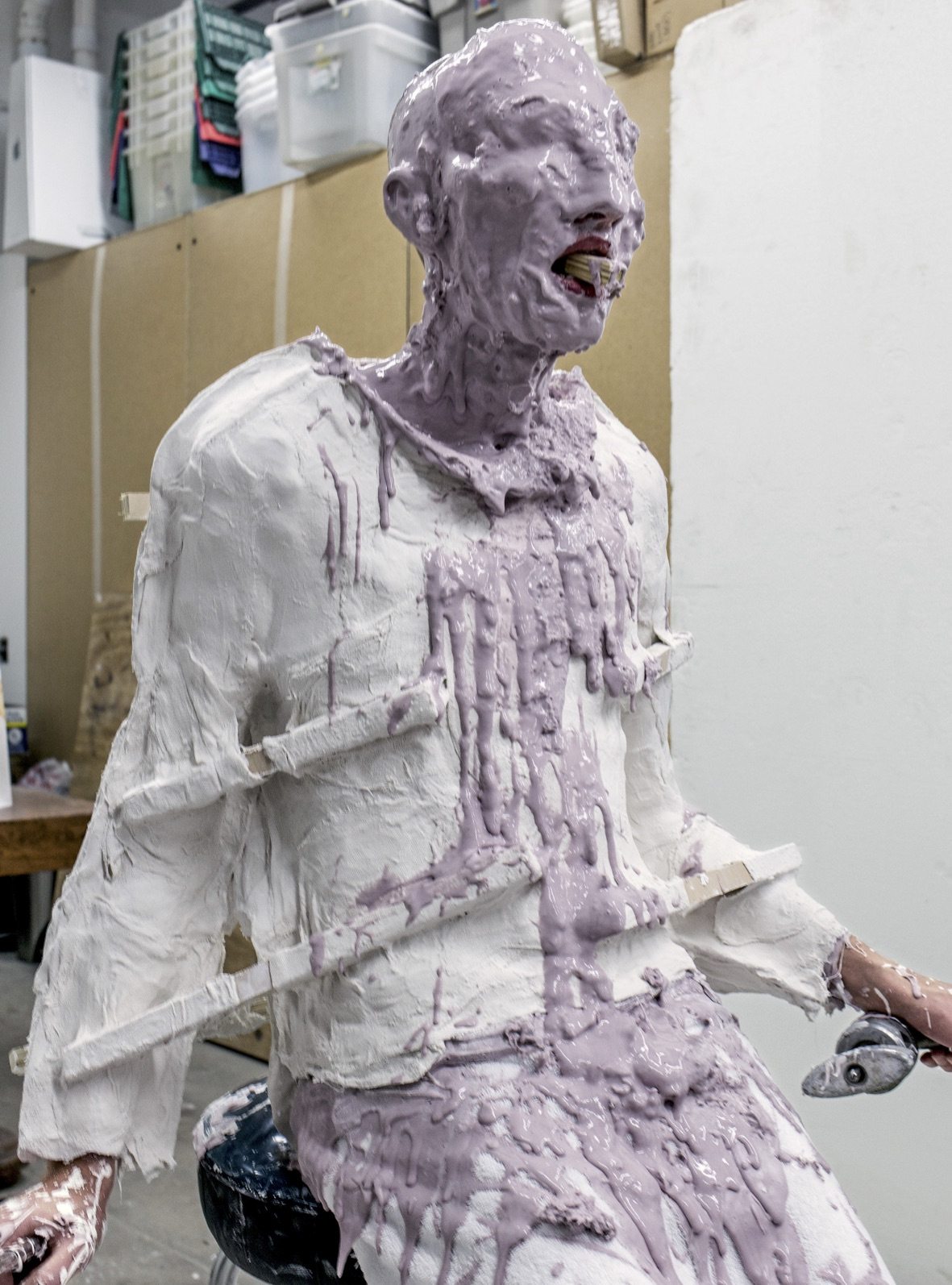
Radboy: But just to be clear, another version of that is Saint Laurent. It’s a Parisi an going to LA, and being like: “Wooo, that dress with a biker jacket? She’s cool!” We have trouble believing she’s cool here in America and actually we may or may not be wrong. So I would stress that, when talking about HBA, I think that there is too much stress on the idea that this is an “authentic” subculture. It’s a fantasy. But what informs that fantasy? I mean, a couple of days ago I was wearing some Telfar and I got gay-bashed. You think about the actual threat of violence in relation to what you’re wearing when you have a commute. But how do you play with that possible violence? You can do it the obvious way and get a coat to put over it, or you can go a different way. You can make the statement even louder and repel people.
Oliver: Scare them off.
Radboy: It’s that vulnerability and self-consciousness, where you open yourself to attack. And bringing that into fashion, that is a beautiful thing.
Freedman: When I first saw your collection I was very aware of the fact that it was filtered and transformed through your eye. Clearly you’re an artist – or a designer – and therefore everything is processed and re-imagined by you. You are a designer, not an anthropologist. I am interested in cultural anthropology and believe that more fashion schools should include it in their curriculum. Not to copy the clothing of other cultures, but to learn in a more profound way how different societies deal with self-expression, and how people define beauty, how they view their bodies, and how they ritualize and contextualize.
Oliver: That’s really true.
Freedman: When the idea came up to do the windows, it was clear to me that it would be impossible to fully appreciate the collection by just showing the clothes on their own. I wanted to create windows that would transport the public to that very moment which those of us in the audience were experiencing on that sunlit afternoon in Paris – to magically place everyone who walked past the window into the front row of the show, to make it as visceral and as real as possible. It had to be so precise. I didn’t know if we could do it. But you can’t ever start a creative project being practical. You have to say, “We’re going to do it.” So, much of the credit goes to Yuji Yoshimoto and his studio who painstakingly created the silicon sculptures. I knew we had to make replicas of the models exactly as they were on that runway. By exact, I mean down to the pores of their skin. They had to be totally convincing.
Oliver: It was so beautiful. It was so gorgeous. It was sensual.
Freedman: The process itself was one of the most magical and inspiring experiences that I have had in my career.
Oliver: I was there completely turned on. It’s always like that with my work, though. I was like, “This is so hot.” To see someone take the time to duplicate themselves, to sit there to make a version of themselves for someone else to look at – something about that was really sensual and attractive. They were models that obviously were getting paid, but that price tag could’ve been so high also. It could’ve been like: “You want to make me? I’m charging 20k.”
Freedman: I think that’s really interesting that you were completely turned on. When I was at W, we did a story with Steven Klein and Tom Ford. It was all about the sexual tension and underlying eroticism of Tom’s work. In some of the pictures we used a full body silicone sex doll that you can order on the internet. The whole idea of replicating the body and using a silicone substitute as a sexual partner is so psychologically and emotionally charged.
“To see someone take the time to duplicate themselves, to sit there to make a version of themselves for someone else to look at – something about that was really sensual and attractive.” – SHAYNE OLIVER
Oliver: It’s like appreciation versus using. Like using a person, but also appreciating them so much that it doesn’t even matter. Because those issues come up for me. Just looking at these boys, I felt really badly, because they couldn’t move. These are my boys. They’re my friends.
Freedman: That’s what I think is really interesting. These guys are your friends. But it’s not your friends that everyone is reacting to. They are reacting to the sexuality of a piece of silicone!
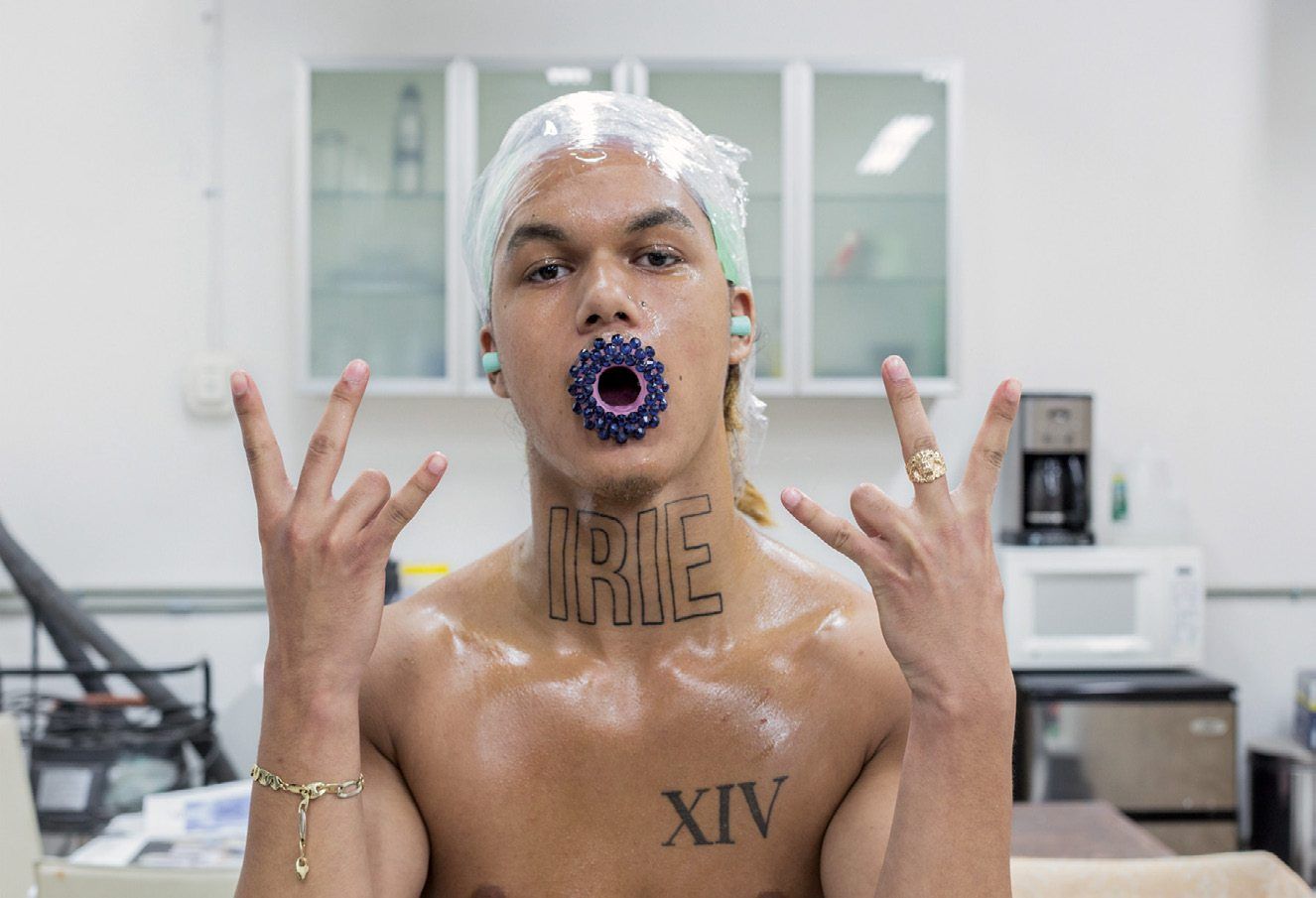
Radboy: Are they in the women’s windows?
Oliver: Yeah, they are.
Freedman: This is the very first time – at least since I’ve been at Barneys – that we are showing a men’s collection in all four windows on Madison Avenue.
Oliver: To be honest, it wasn’t a commercially viable collection in the sense of menswear. It’s about this idea of actually approaching how men attract people. I’m not even talking about masculinity. How are you attractive to another person? What are you pushing? How are you sweating in that garment? We’ve seen feminine menswear before, but it’s about how considerate these clothes were. They had to be on those specific people, which is why the casting in the first place was so important. I was flying in people from East LA to be in a show in Paris. Not because it’s cool, but because this is exactly us.
Freedman: We flew the boys in from around the world so that Yuji could make castings of their bodies and faces. It was essential that they had to be the boys who Shayne had chosen to walk the show.
Oliver: Which is what is so full circle about it. It reminds me of the original thing – which was kind of a thing, kind of not a thing. Like, kind of clothes, kind of not clothes. Being in the windows of Barneys doing the same exact thing as it started out with at A.S.S. Gallery – as opposed to what was in the middle of it, that thing became what runs my life.
Radboy: Have you gotten a range of reactions to the windows?
Oliver: I love it.
Freedman: We were installing at night, and the people walking on Madison Avenue at that hour tend to live in the neighborhood. They’re not tourists. We got the full range of reactions. There were women who came by who actually yelled at us. They just turned around and said: “What is this? This is ugly.” And I remember having really interesting conversations with them to try to understand more clearly why they felt the way they did. I think all of us learned so much. Other people were transfixed. They couldn’t turn away. They were curious and asked a lot of questions. This is what you were talking about when you mentioned the subway ride – walking on the street, facing confrontation. This was about as close to that as a window installation can be.
Oliver: I guarantee you, if you ask anyone who works for HBA, that’s literally how they live their lives every single day that they walk on the face of the planet. This is how Akeem Smith is. This is how Ian Isiah is. The combination of people are the extremes, and also the people we feel the fondest of. Like casting Golo, who is a German man. He is the farthest thing away from a black man from Brooklyn. If you look at him, you’re like: “Is this look that crazy, now that it’s not on the person that actually birthed it? Or is it still crazy?” Sunny has on the same outfit as Golo, but if someone looks like Golo, they’re going to be like, “Oh, that’s chic.” And if they look at it on Sunny, they’re going to be like, “What the fuck is happening?“ It doesn’t have to do with race. It has to do with the combination of what people think you should be wearing. Which is racist, but it has a lot to do with conditioning. I think that that’s why it’s important to fly these kids to Europe, and for there to be extremely European people infused into the brand.
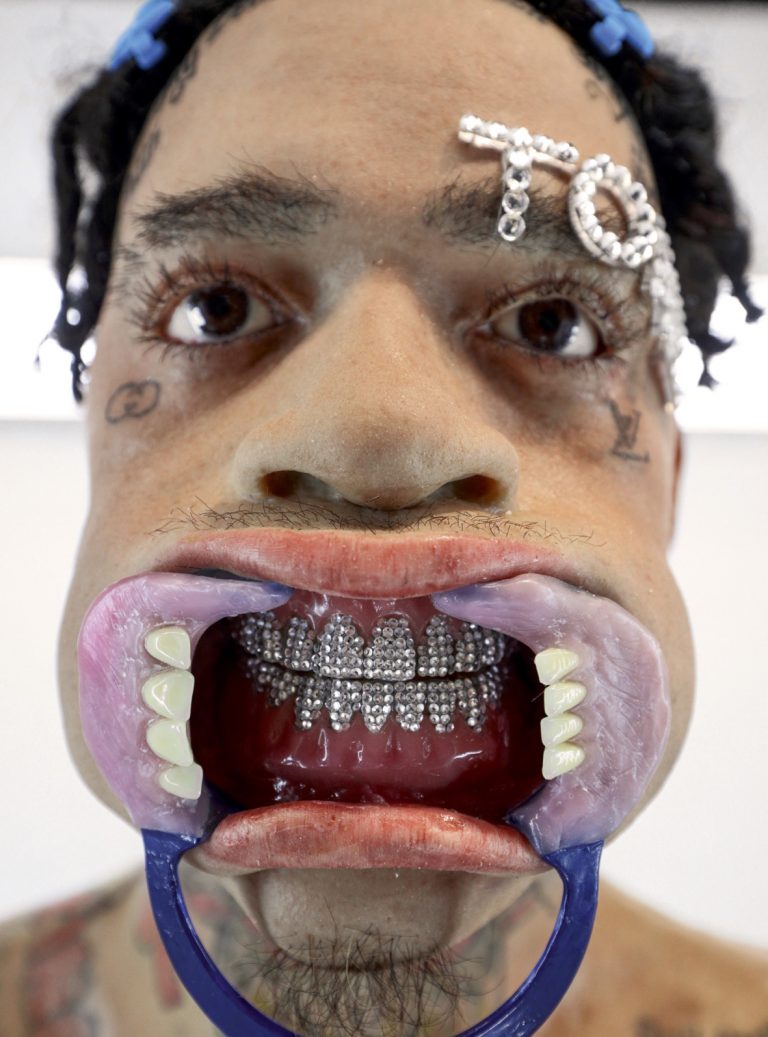
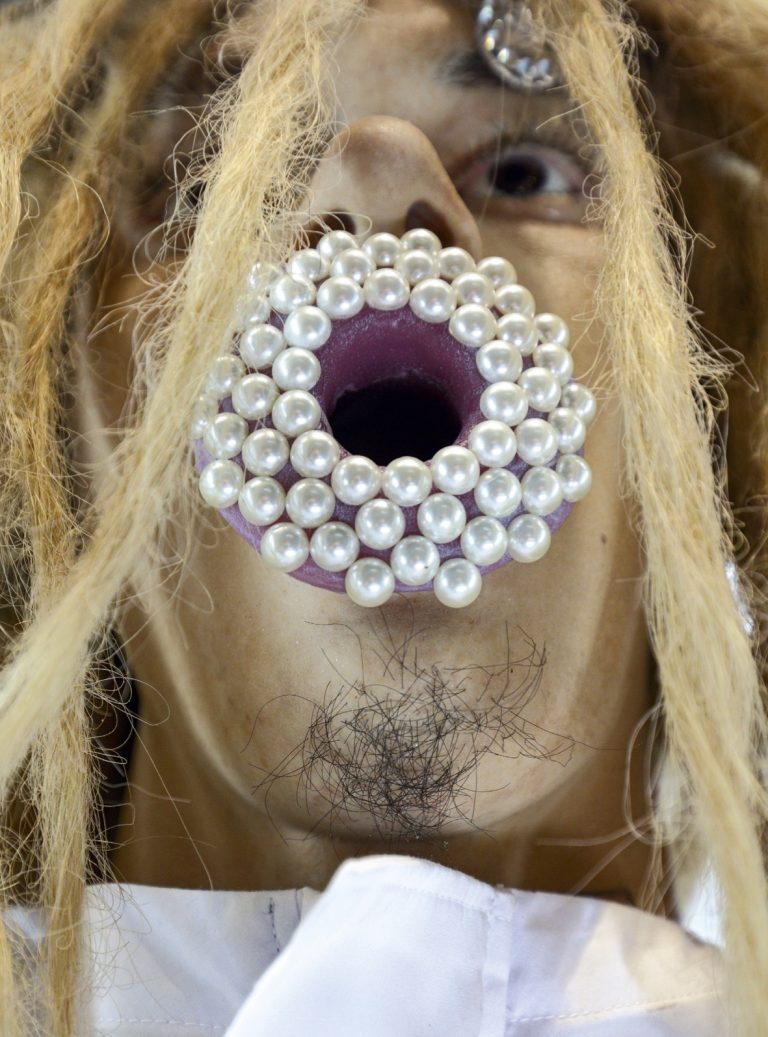
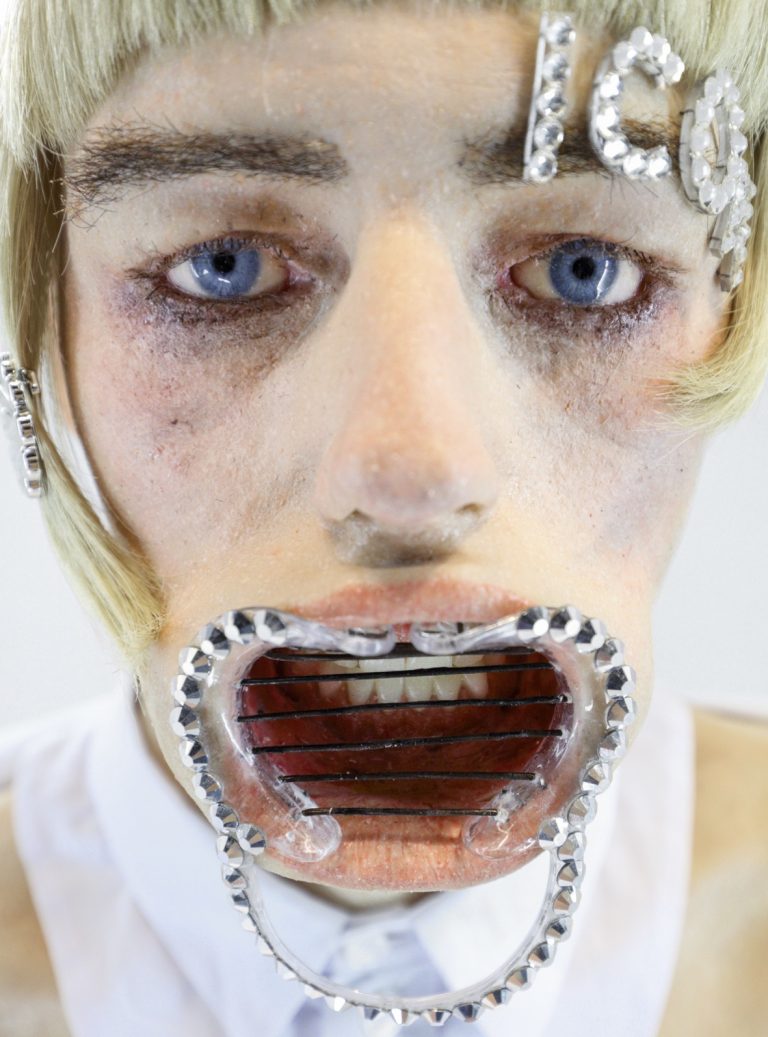
Freedman: It would be interesting to know how people acclimate to these windows over time. They see them every day on their way to work. At first, they may have had a really violent reaction. But I wonder after six weeks, if they become more familiar with these models, whether they will change their perceptions.
Oliver: Yeah, because I’m sure that the women who complain are then crossing the street, and then walk on the other side. But then they get tired of that and they’re like, “I think I’m going to just deal with it.”
Freedman: And then maybe there’s a moment, where it’s like: “Well, I kind of like those crystals attached to that boy’s teeth. Or that lock and key in his mouth.” It was so interesting, because there were four women in the group that got really angry on the night of the installation. They were very confrontational. And at the end, the one woman who was the most vocal looked to us then turned to her friends and said: “Okay, girls. We’re going to Oscar de la Renta.”
Oliver: That’s what I want. I love that woman.
Freedman: Paul Cupo, your fashion director, was there, and let me tell you, he loved those women. He was fascinated by them. He was like: “Wow, these women look amazing! Those shoes, those dresses, the jewelry, the hair!”
Oliver: It’s like the intent of getting dressed – of getting ready.
Freedman: Following your codes.
Oliver: It’s about looking great. But that’s the thing. You know, the people who inspire the stuff that those women wear have always been people that look like me and Paul. We’ve put ourselves in them.
Radboy: But that’s the reality of it. That look is not a gender twist from female to male, because it was designed by a man to begin with!
Oliver: And we want to be allowed to wear it.
Freedman: Right!
Oliver: And we’re saying, “Look at us in that thing and deal with that.” It’s saying like, “Handle the actual idea of the feminine.” Like the actual idea. There’s this man that is like you are, and if you can’t handle that, then you’re not really a feminist.
Radboy: Yeah, because feminism is solidarity. It’s a power relation, not a gender.
Oliver: Exactly. To be honest, who’s inspired by older white women? These black boys that live in Brooklyn are more inspired by older white women than any young white woman would ever be. I mean, look at the ballroom scene. Those boys are obsessed with, like, the dynasty of all these women. These are boys that could never obtain these lifestyles and they’re obsessed with it. And then they’re pushing it back in their faces like, “This is what you inspire.” And that’s a fashion idea.
Freedman: But there’s a difference, because it’s not the ballroom scene. We’re on Madison Avenue on the upper east side of Manhattan. We’re in Barneys. So it’s not an illusion. It’s not an unfulfilled dream. I’m proud of the fact that I work for a store that embraces diversity and has the conviction to follow through. Like, “Put your money where your mouth is.”
“In the fashion world it’s easier for people to talk about sexual kinks and gender than it is to talk about business.” – BABAK RADBOY
Radboy: I feel like in the fashion world it’s easier for people to talk about sexual kinks and gender than it is to talk about business.
Freedman: One hundred percent.
Oliver: To be honest, you could’ve pitched an article for some random publication and been like, “We are trans-blah and we’re trans-blah.” But are you going to invest money in it? When people start to invest money towards projects, is when I start respecting them. That’s how I deal with any idea in general. Even for the brand, I was saying to the team, “If we believe in this thing, don’t be cheap.”
Freedman: Three and a half years ago, when we did our transgender project – and I say it was a “project,” because it wasn’t simply a fashion campaign – the idea came out of personal conviction. When I proposed the idea to Mark Lee and Daniela Vitale, our chairman and COO, the answer was immediate. I’m a gay man. I know how the world has changed for me, but at that moment in time, the “T” in LGBT was somehow left out of the discussion. It really was LGB. I felt that we had the potential to actually do something about it. To put our resources behind it and somehow make a difference.
Oliver: That’s really cool. I remember even when I was young, I would religiously come to Barneys at least once a season to see every single designer’s things – to know what I was saving up to buy. Barneys was always on it. The thing about it is having to go uptown is such a hustle.
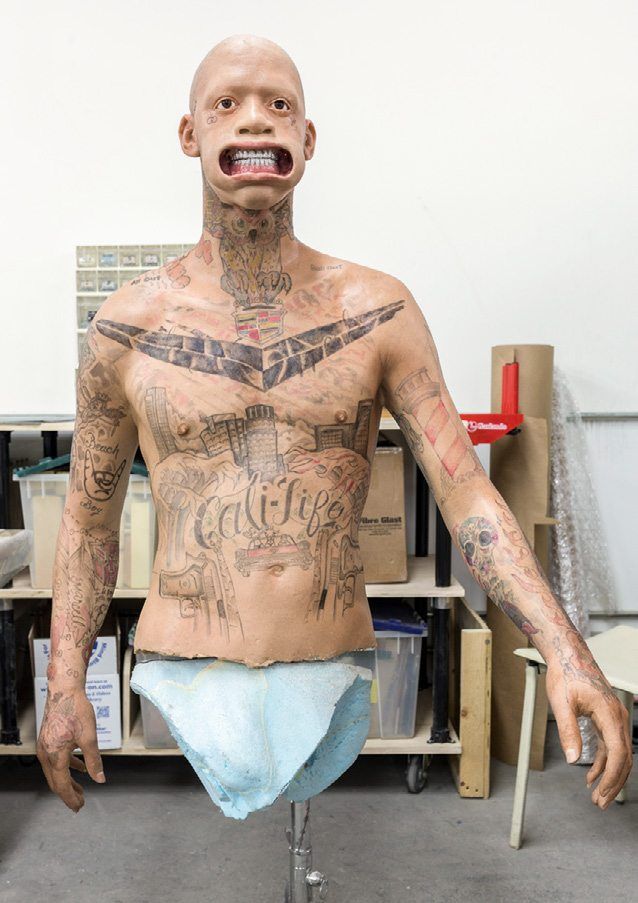
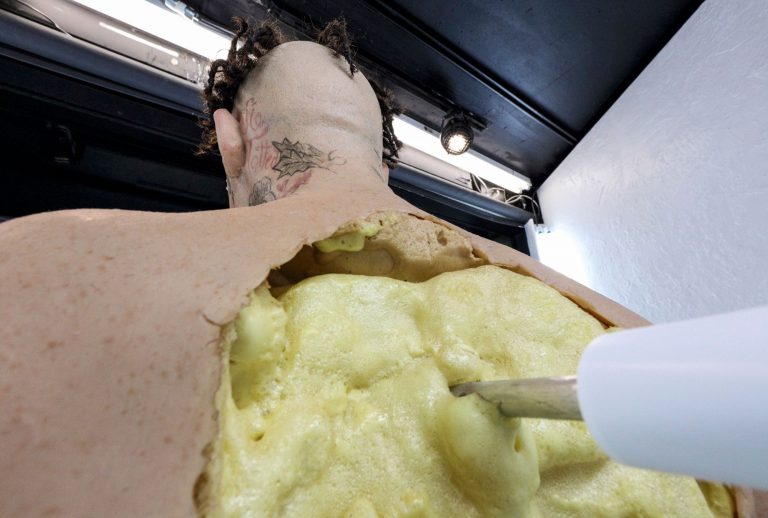
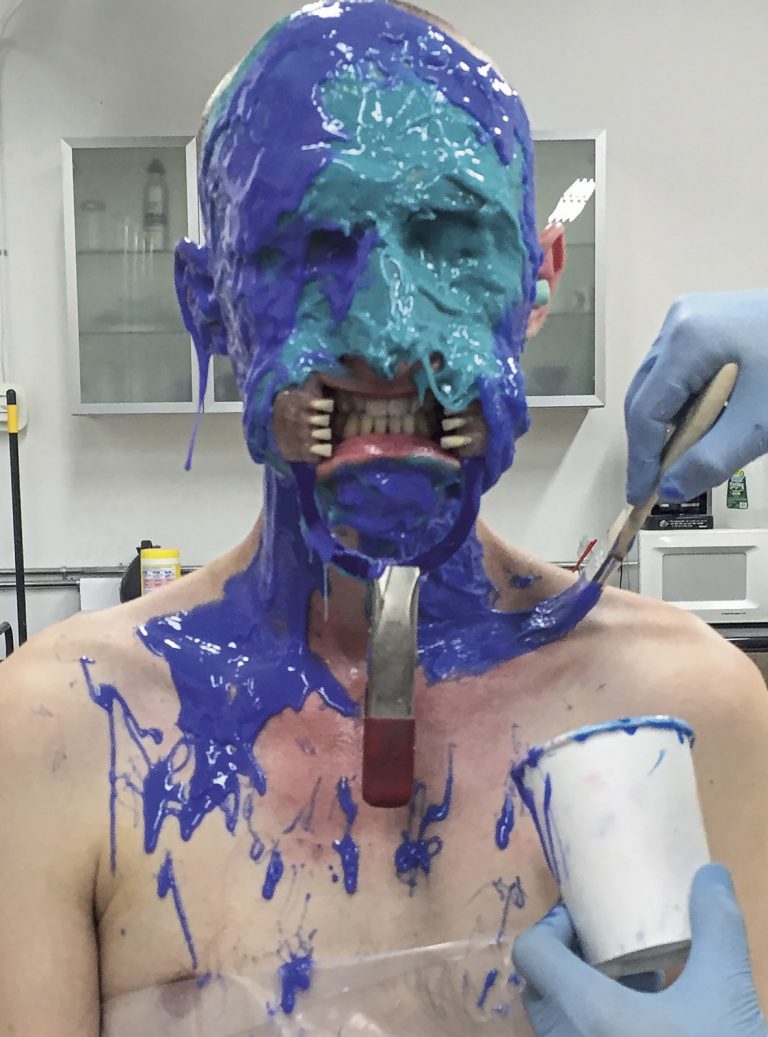
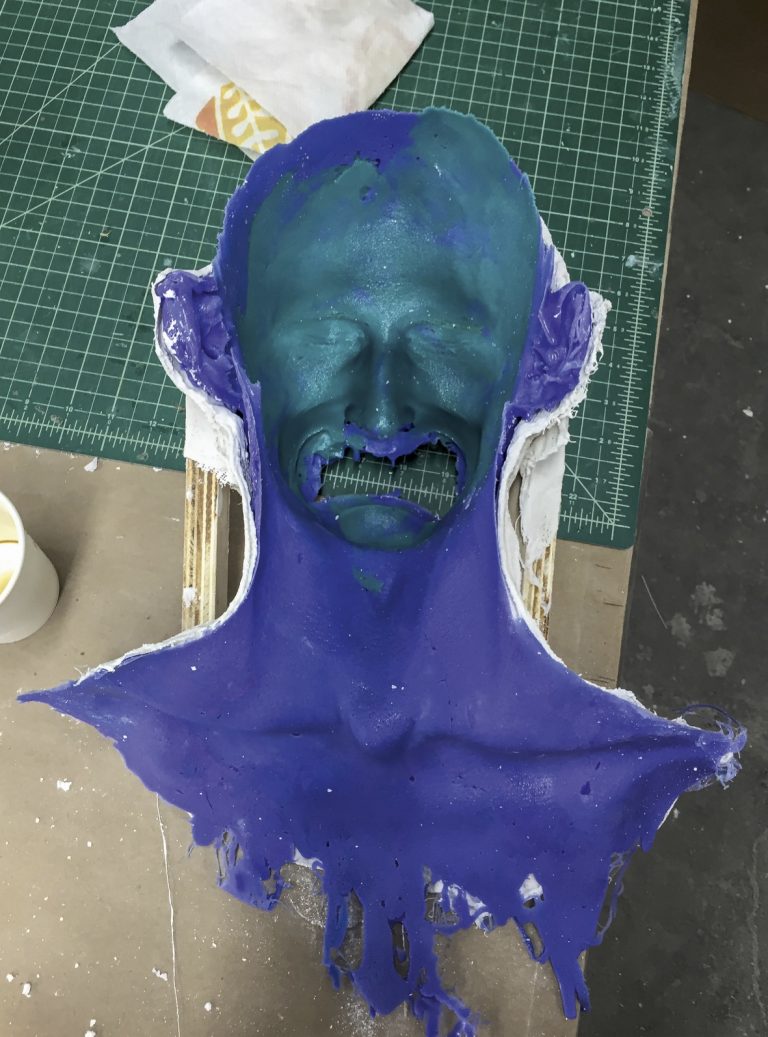
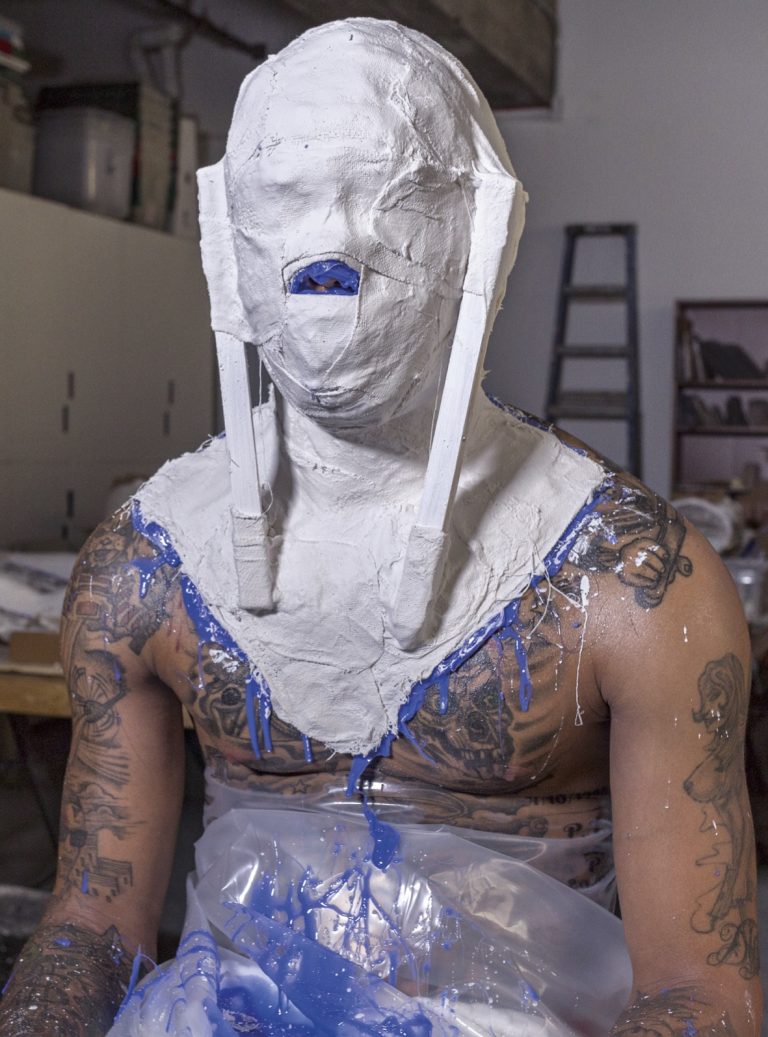
Freedman: We know.
Oliver: I mean, the cab is like … you might as well take the train. Traffic is nuts.
Freedman: People don’t travel.
Oliver: I have girlfriends that are taking the trek to go uptown to Snapchat at this window. And I was like, “Damn, this is really cool.”
Freedman: I love that the people you’re talking about are actually travelling to another part of town and to a world that they’re not familiar with.
Oliver: Yeah, and they’re like, “I don’t want to be here.”
Freedman: Oh my god! There’s my dermatologist. Hello! She is the best and loveliest dermatologist in New York City.
This is an interview, it’s on tape. Diane Berson. I won’t give your address, but you may be getting calls. It’s so good to see you!
Diane Berson: Can I tell you, this is the nicest man in the world.
Freedman: I did not pay her to come here.
Oliver: Don’t be coy!
Freedman: Anyway, I believe that truly creative people have to be intensely passionate and obsessive. If everyone is working with the same degree of commitment on a project, like this one, it’s pure joy. This project was not courageous. It was honest and true.
Oliver: The reason I got on board to be honest was when I met you and I was like, “He gets it.” You know, it’s not going to be this thing where I’m going to be talking to this fabulous queen – talking all this blah blah blah.
Freedman: Oh, not a fabulous queen?
Oliver: You know what I mean. Someone who is overtly doing fabulous queen. Like, exoticizing it. It was the kind of thing where you were like, “Oh my god, this is major.” And I was like, “You’re major.”
Credits
- Moderator: BABAK RADBOY
